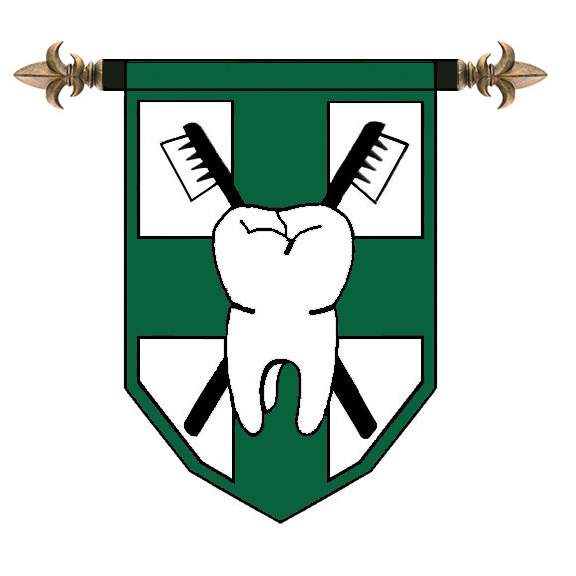
Park
Cities Dental
"The
Art and Science of a Healthy Smile"
![]()
Usual, Customary
& Reasonable Fees
Are
Sometimes Out of the Ordinary
Have you ever submitted a claim to your insurance company for dental treatment, only to receive a letter from them stating the charge submitted was in excess of their usual, customary and reasonable fees? If so, you're not alone
A survey conducted by the Academy of General Dentistry indicates that approximately 82.2 percent of our member dentists have patients who also have received the same letter. These patients have turned to Academy member dentists to get answers on why the fees don't match what the insurance company is willing to pay under its schedule of "usual, customary and reasonable (UCR)" fees.
What is a UCR fee?
Insurance companies establish UCR fees. Here's how they
do it.
A "usual" fee is the fee that an individual dentist most frequently charges for a specific dental procedure.
A "customary" fee is the fee level determined by the administrator of a dental benefit plan from actual fees submitted for a specific dental procedure. This fee establishes the maximum benefit payable for that procedure.
A "reasonable" fee is the fee charged by a dentist for a specific dental procedure that has been modified by complications or unusual circumstances.
Therefore, it may differ from the dentist's usual fee or the benefit administrator's customary fee.
The concept of using UCR fees to determine how much to reimburse patients covered by dental insurance for specific treatment was introduced by the insurance industry in the early 1960s.
How are UCR fees determined?
UCR fees are influenced by the fees dentists charge in
various geographic areas and by the population size. Usually, heavily populated
areas, where the cost of living is higher, have higher dental fees.
The Health Insurance Association of America (HIAA), an organization of 380 health insurance companies, surveys dentists every six months on their fees. The fee survey helps insurance companies set UCR fees.
However, insurance companies are not legally required to use HIAA's fee survey or anyone else's information when setting UCR benefit levels. In fact, reimbursement calculations by insurance companies are unregulated and uncontrolled.
How about UCR fees that don't
cover all costs?
UCR rates may be outdated. Despite HIAA's attempts to
update fee data to keep up with changing information. It may take up to
two years for dentists to return HIAA's fee surveys, for HIAA to complete
the data, and for member insurance companies and subscribers to receive
it.
Geographic differences may not be fairly taken into account when insurance companies set UCR rates. While boundaries are commonly set according to zip code, insurance companies are free to create boundaries as they choose. They may split a state in half or lump several small communities together to determine one boundary. If a large city and a small town are considered to be within the same boundary, large discrepancies in fees would exist.
UCR fees widely vary among carriers. The Washington State Dental Association conducted a survey of 41 carriers on how they determine UCR fees; 28 responded. The data indicated that no two carriers use the same UCR definition. Carriers use different methods and different time frames to determine UCR rates. Customary fee determination made by carriers for the same procedure in the same city at the same time differed by as much as 136 percent.
What accounts for the difference
in dentists' fees and UCR rates?
In addition to the limitations of UCR fees, any difference
between the fee charged and the benefit paid is due to limitations in the
patient's dental benefit contract